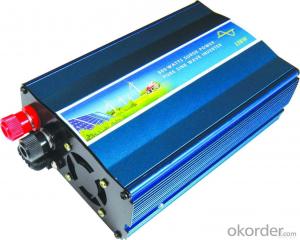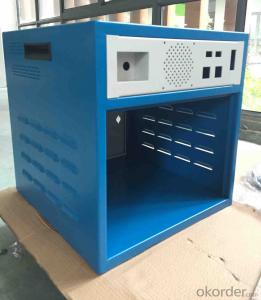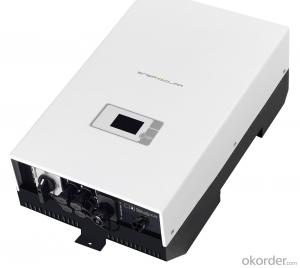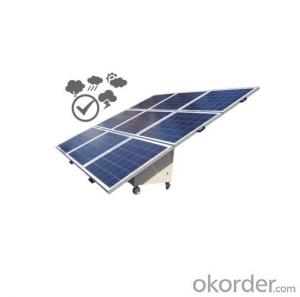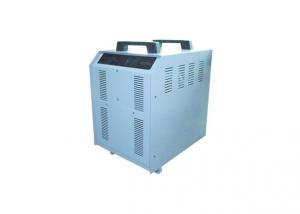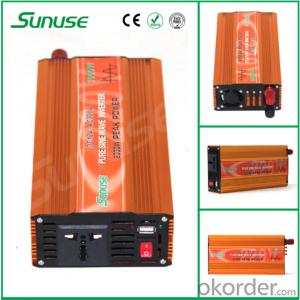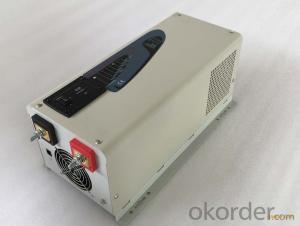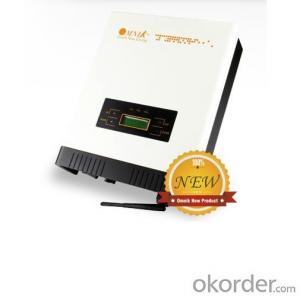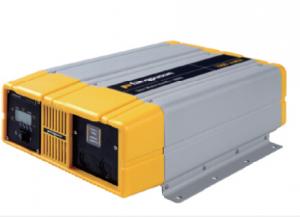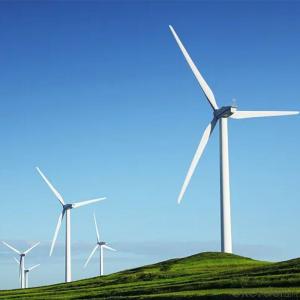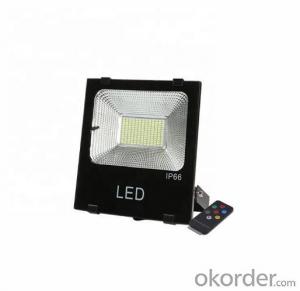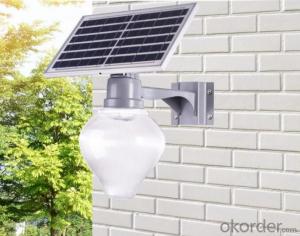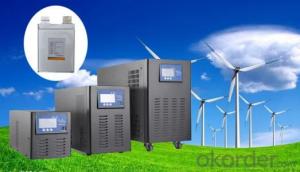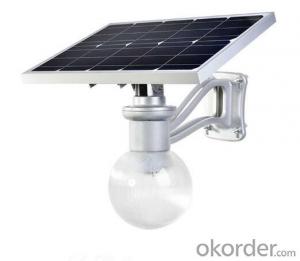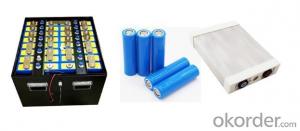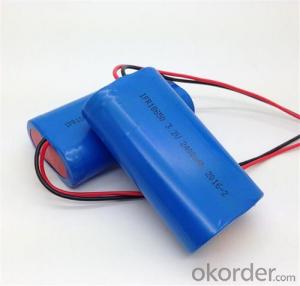Top 10 Off Grid Solar Inverter
Top 10 Off Grid Solar Inverter Related Searches
Best Solar Off Grid Inverter Best Solar Inverter Off Grid Best Off Grid Solar Inverter Best Off-Grid Solar Inverter Best Solar On Grid Inverter Best Solar Inverter On Grid Best On Grid Solar Inverter Inverter For Off Grid Solar Solar Inverter Off Grid Off Grid Solar Power Inverter Inverter Solar Off Grid Off Grid Inverter Solar 10kw Off Grid Solar Inverter Solar Power Inverter Off Grid Cheap Off Grid Solar Inverter Solar Off Grid Inverter Off Grid Hybrid Solar Inverter Off Grid Solar Inverter 10kw Off Grid Solar System Inverter Off Grid Solar Hybrid Inverter Hybrid Solar Inverter Off Grid Top 10 Solar Hybrid Inverter Solar Inverter Off Grid Price On Off Grid Solar Inverter Solar Panel Off Grid Inverter Off Grid Solar Inverter Price Solar Hybrid Off Grid Inverter Off-Grid Solar Inverter Top 10 Hybrid Solar Inverter Solar Inverter Off Grid 1000wTop 10 Off Grid Solar Inverter Supplier & Manufacturer from China
Top 10 Off Grid Solar Inverters are high-quality products designed to convert solar energy into usable electricity for various applications. These inverters are essential for off-grid systems, ensuring a reliable power supply in remote areas or during emergencies. They are particularly useful in situations where grid electricity is unavailable or unreliable, such as in rural areas, during natural disasters, or for backup power systems.Off-grid solar inverters are versatile and can be used in a wide range of applications, from powering small appliances and lighting systems in homes to supporting larger industrial equipment and commercial facilities. They are also popular among campers, RV enthusiasts, and off-grid living communities, providing a sustainable and eco-friendly energy solution. These inverters can be paired with solar panels, batteries, and charge controllers to create a complete off-grid solar power system, offering independence from traditional energy sources.
Okorder.com is a leading wholesale supplier of Top 10 Off Grid Solar Inverters, boasting a large inventory of reliable and efficient products. They offer a variety of options to cater to different power requirements and budgets, ensuring that customers can find the perfect inverter for their specific needs. By partnering with reputable manufacturers, Okorder.com guarantees the quality and performance of their off-grid solar inverters, making them a trusted source for those seeking reliable and sustainable energy solutions.
Hot Products











